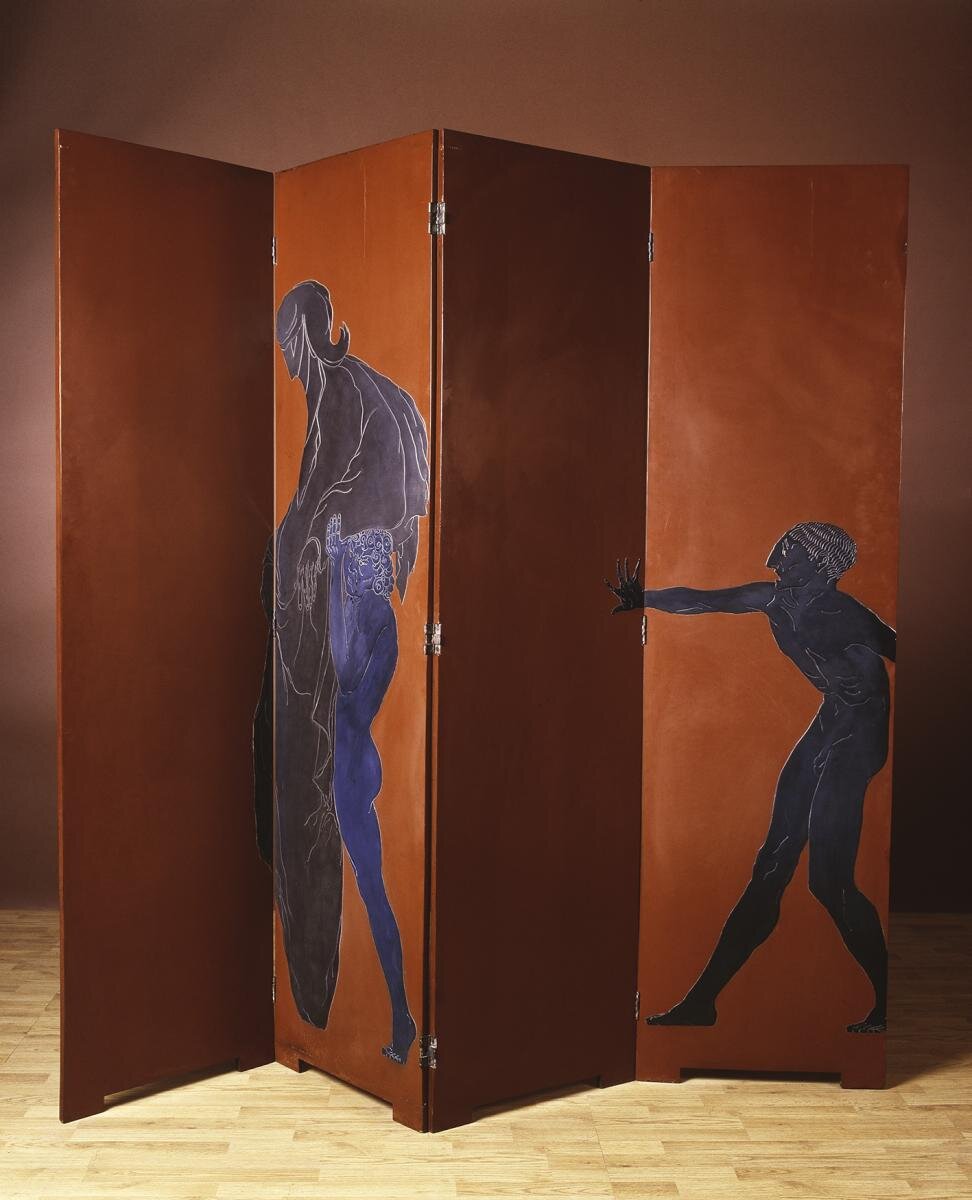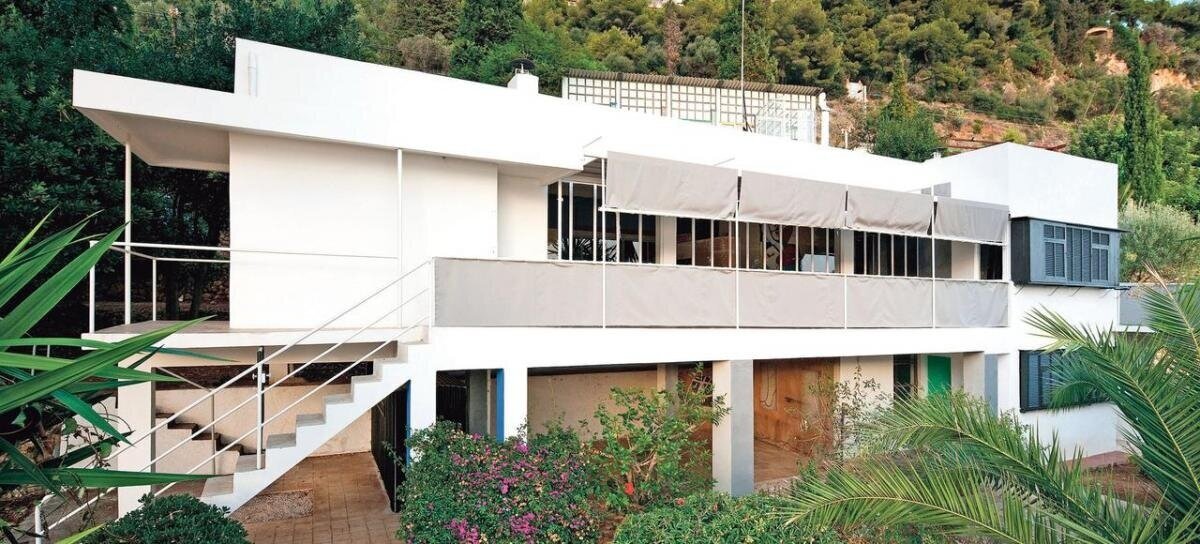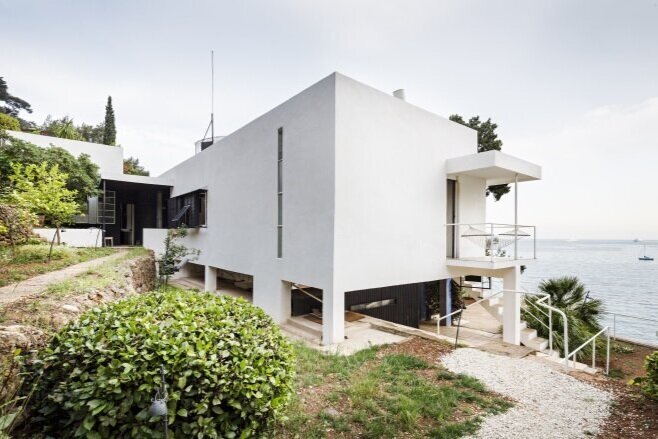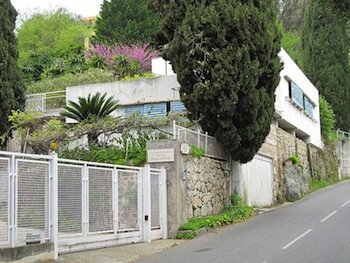Episode 15: Eileen Gray
Kathleen Eileen Moray Smith was born on August 9, 1878, in Enniscorthy, County Wexford, Ireland. Her father (James MacLaren Smith) was an artist and her mother Eveleen Pouden was part of the aristocracy. She was given the last name Gray when her mother inherited a nobility title. Eileen’s mother Eveleen, was the granddaughter of Francis Stuart, 10th Earl of Moray. When Eileen’s Uncle died, her mother became the 19th Baroness Gray. When Eileen’s mother became a Baroness, Eileen’s Father changed his name to Smith-Gray by royal license and all of the children changed their last names to Gray. At the age of 20, Eileen became one of the first women admitted to the Slade School of Arts in London. She studied painting and later started an apprenticeship in a lacquer shop. Eileen became romantically involved with a Romanian Architect, Jean Badovici. It was Jean that got her interested in architecture and encouraged her to learn more. Between 1922 to 1926, Eileen created a somewhat informal architecture internship for herself. She read books, took drafting lessons, and asked architects to take her to construction sites. In 1926, Eileen bought the property in a town near Monaco that would become E-1027. E-1027 was actually a code word for the lovers. “E” for Eileen, 10 for the letter J, meaning Jean. The 2 for the letter B for Badovici and the 7 for the letter G for Gray. In E-1027, privacy was very important, so inside the house refrains from using an open plan. Its interior spaces aren’t immediately revealed: rooms are private places waiting to be discovered. Entering either the bedroom or living room boudoir, for example, requires walking around a series of corners. Despite her other works, E-1027 and the accompanying furniture remains to be her most notable work. Eileen passed away in Paris on October 31, 1976, at age 98.
Caryatid: Odile Decq
Odile Decq is an architect based in France. In 2016, Odile was awarded the Jane Drew Prize which is awarded for promoting the role of women in architecture. Odile has been teaching for over 25 years. She has taught at Bartlett school in London, Sci-Arc in LA, Columbia University in New York, and at Harvard in Boston. She was Dean of Paris' École Spéciale d'Architecture (ESA) from 2007 until 2012 and taught at the school for several years. She launched her own architecture school in Lyon in 2014 called the "Confluence Institute for Innovation and Creative Strategies in Architecture". Odile is very engaged in and contributes to the discussion of architecture as a profession. She has been known to be outspoken in topics ranging from pay, equity in student enrollment, women's rights while working, down to even defending her iconic gothic appearance. Odile is praised for being "a creative powerhouse, spirited breaker of rules, and advocate of equality." In 2013, she was even awarded French Female Architect of the year.
References:
“ARAM | Eileen Gray.” EileenGray, www.eileengray.co.uk/#biography. Accessed 8 Dec. 2020.
"Eileen Gray: Biography, Furniture & Architecture." Study.com, 21 December 2017, study.com/academy/lesson/eileen-gray-biography-furniture-architecture.html
"Eileen Gray's Famous Work: Tempe a Pailla." Study.com, 20 November 2017, study.com/academy/lesson/eileen-grays-famous-work-tempe-a-pailla.html
Marion. “Eileen Gray - Artist | Alexander Lamont.” AlexanderLamont.Com, 26 Dec. 2016, blog.alexanderlamont.com/blog/eileen-gray-artist.
Wilkinson, Tom. “Eileen Gray (1878-1976).” Architectural Review, 12 Aug. 2016, www.architectural-review.com/essays/reputations/eileen-gray-1878-1976.






